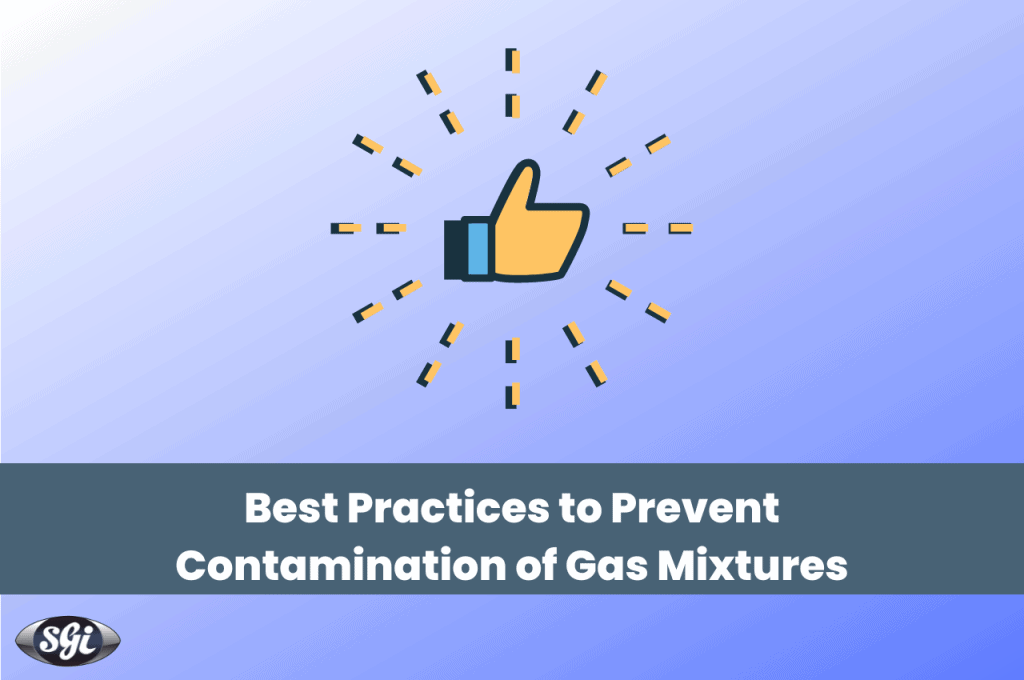
Gas detection monitors are generally manufactured with abilities to detect and monitor multiple gases and mixtures. Most of these detectors are used across industries to detect harmful toxic gases such as hydrogen, ammonia, nitrogen dioxide, hydrogen sulfide, sulfur dioxide, hydrogen fluoride, etc. As we know, there are multiple different types of detectors built for specific application across industries with only one thing in common - their need for testing. Calibration and bump testing is a must for all these gas detectors on a regular basis, but how can we calibrate detectors for multiple sensors monitoring toxic gases without causing gas contamination?
While certain gas mixtures are possible to use for calibration and bump testing, take the standard 4 gas mixture of H2S/CO/CH4/O2, not all sensors can be tested using the same mixture. Calibrating toxic gas detection sensors requires the specific gas to be used when bump testing. This opens up vulnerabilities for technicians as they use multiple gases/mixtures while testing the sensors. Let's take a look at some best practices that one can follow to ensure safety and prevent contamination:
1. Choose the right tubing: It is advisable to either use Tygon, Teflon, or Stainless Steel tubing for calibration, but it is best to use Teflon or Teflon lined tubing when dealing with corrosive gases to avoid adsorption or reduction in gases and gas mixtures.
2. Regulator material: Corrosive gases, over time, tend to erode nickel plated regulators exposing their brass bases. Stainless steel regulators, on the other hand, do not face such issues. Avoid corrosion and harmful reactions, choose stainless steel regulators.
3. Regulator installation: Follow the procedure stated by SGI's manuals when installing the regulator to the cylinder. Any lapse in the same can cause environmental air/gases to mix with the gas in the cylinder affecting the test results.
4. Prevent moisture: Varying the storage temperature of the cylinder is likely to cause condensation and moisture which then can transfer into the cylinder during valve or regulator installation leading to contamination. Ensure that the cylinder is stored at the right temperature and avoid condensation at all costs.
5. Regulator reuse rules: While it's pretty common to reuse the regulator when calibrating multiple sensors with multiple gases, it is highly likely to cause cross contamination. Choose SGI's Combination Regulator, the only fixed flow regulator in the market with a built-in C10 valve connection.
Click her for further enquiries about SGI's unique range of regulators, valves, and other accessories.